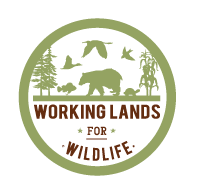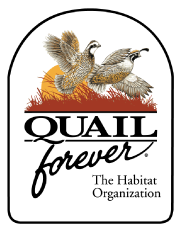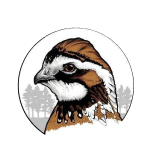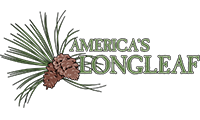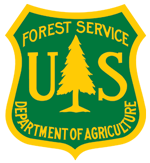Landscape Partnership Resources Library
Identifying Species in Pennsylvania Potentially Vulnerable to Climate Change
This report provides the methods and results of 85 species vulnerability assessments in Pennsylvania.
Interior Low Plateau subregion climate change vulnerability species assessments
These results are a compilation of climate change vulnerability assessments in the western portion of the LCC, covering the area from Western Kentucky, northeastern Alabama and western Tennessee west to southern Indiana and southeastern Illinois. Results included are from Bruno et al. (Cumberland Piedmont Network of the National Park Service; and Walk et al. 2011 (illinois). It also includes the results from species assessed as part of the current study (Sneddon et al. 2015).
Central Appalachian subregion climate change vulnerability species assessments Excel Spreadsheet
These results are a compilation of climate change vulnerability assessments in the northern-most portion of the LCC, covering the area from New York south to West Virginia and Virginia, west to Pennsylvania and eastern Ohio. Results included are Byers and Norris 2011 (West Virginia); Furedi et al. 2011 (Pennsylvania), Ring et al. 2013 (New Jersey), Schlesinger et al. 2011 (New York); Virginia Division of Natural Heritage 2010 (Virginia). It also includes the results from species assessed as part of the current study (Sneddon et al. 2015).
Full CCVI results supplement to Adapting Conservation to a Changing Climate: An Update to the Illinois Wildlife Action Plan
This pdf is a supplement to the report, Adapting Conservation to a Changing Climate: An Update to the Illinois Wildlife Action Plan. It contains the full results for species assessed for vulnerability to climate change using NatureServe's Climate Change Vulnerability Assessment (CCVI) tool.
Drivers of landscape change in the Appalachians: Risks
Drivers of landscape change in the Appalachians: Risks
South-Central Interior Small Stream and Riparian Habitat
This habitat was assessed in both the Cumberland - Southern Appalachian subregion and the Interior Low Plateau subregion. Results are in the first two tabs of the spreadsheet. A description of the habitat, and a list of associated species, is included in the description tab. The remaining tabs describe the individual factors and their definitions. These results are in the review stage. Please send comments to lesley_sneddon@natureserve.org.
Additional information on aquatic and subterranean (cave) species of the Cumberland - Southern Appalachian subregion
This spreadsheet provides hyperlinks to additional information from NatureServe Explorer.
Additional information for terrestrial species of the Cumberland - Southern Appalachian subregion
This spreadsheet provides hyperlinks to additional information from NatureServe Explorer.
Adapting conservation to a changing climate: an update to the Illinois Wildlife Action Plan
Full report of methods and results of climate change vulnerability assessments of 162 species in greatest conservation need.
New Climate Change Vulnerability Assessments for 41 Species
This spreadsheet functions as a tool to determine climate change vulnerability of species. Information is entered in the calculator, and results are stored in the results tab. Explanations of climate change measures and species-specific attributes that contribute to adaptive capacity are in subsequent tabs. The documentation tab provides justification for ratings of each individual factor, with a complete list of references also provided in a separate tab. Also available for download below is the county distribution for 41 of the species evaluated.
Vulnerability of at-risk species to climate change in New York
This report provides the methods and results of climate change vulnerability assessments of 119 species in New York.
Climate Change Vulnerability Assessment of Species of Concern in West Virginia
Elizabeth Byers and Sam Norris. 2011. Climate change vulnerability assessment of species of concern in West Virginia. West Virginia Division of Natural Resources, Elkins, WV. This project assessed and ranked the relative climate change vulnerability of 185 animal and plant species in West Virginia.
Schwenk - CT Update Slides
Maps and visual aids for Scott Schwenk's update on the status of the Connecticut River project
Landscape Conservation Design Data Products
Landscape Conservation Design Data Products for the Connect the Connecticut project. Revised September 30, 2015
Introduction to Data Basin
Slides presented by Renee Farnsworth on the North Atlantic LCC's Conservation Planning Atlas on Data Basin on September 10, 2015
Landscope Chesapeake Overview
Slides presented by Renee Farnsworth on Landscape Chesapeake on September 10, 2015


